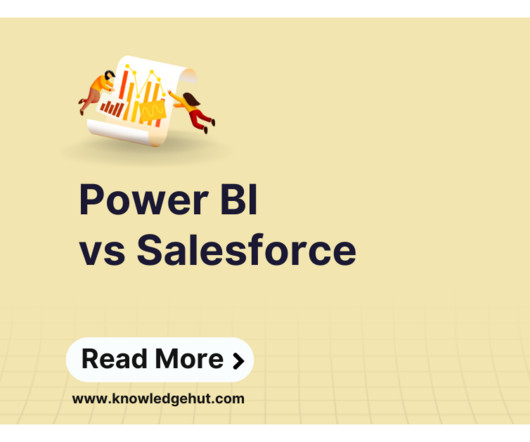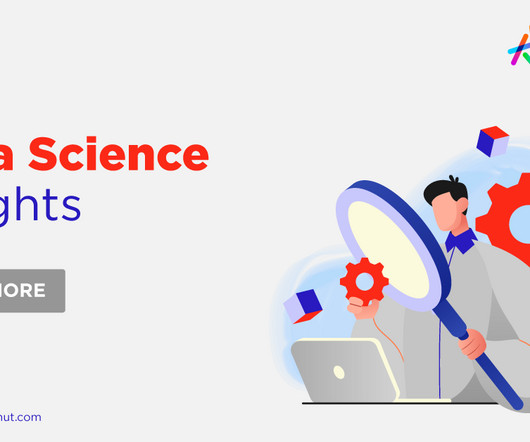Building Your Data Product Machine: Less Tech, More Strategy
The Modern Data Company
APRIL 15, 2024
There’s a common saying about not wanting to know how the sausage is made, suggesting that the process behind many things we enjoy—be it our favorite food or the conveniences of modern technology—might not be as appealing as the end product itself. This analogy rings especially true in the world of data.













Let's personalize your content